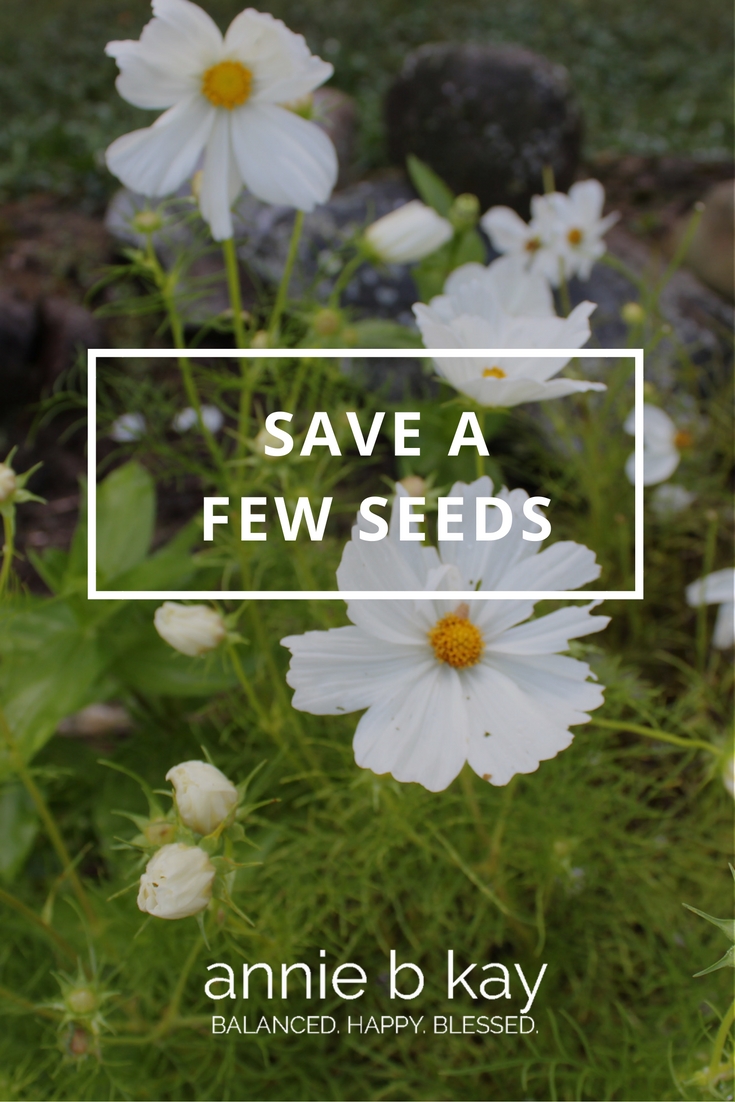
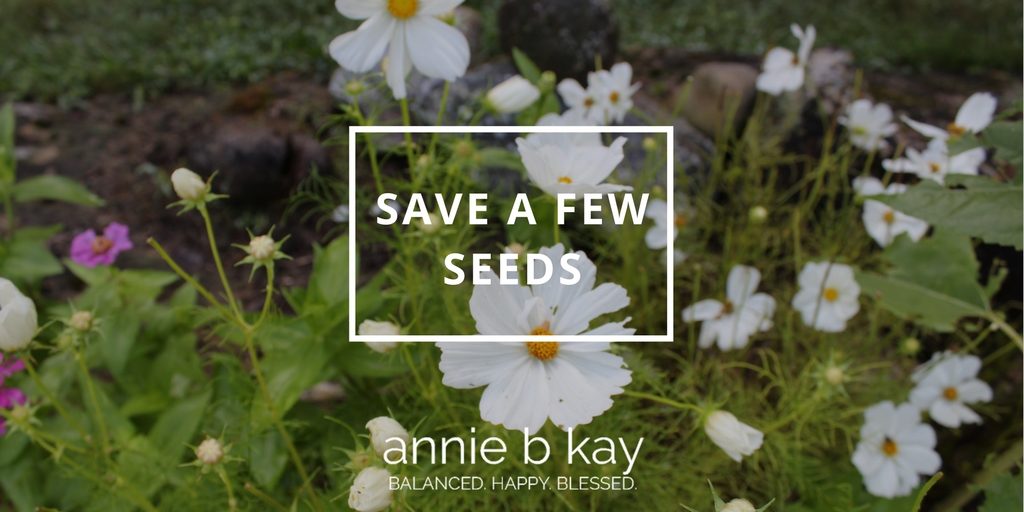
As the end of summer rolls around, saving a few seeds connects you with the rhythms of nature and gives you an opportunity to know more than one generation of a plant. I loved my white cosmos this year, and they can be hard to find early in the season. So, I’ve been harvesting, drying and saving their seeds.
I use white cosmos as a 6th and 7th chakra plant – to help with deepening intuitive wisdom and divine connection. I make flower essences, and used their dried petals in flower baths.
(I had a video but removed it, hopefully just for a few moments…)
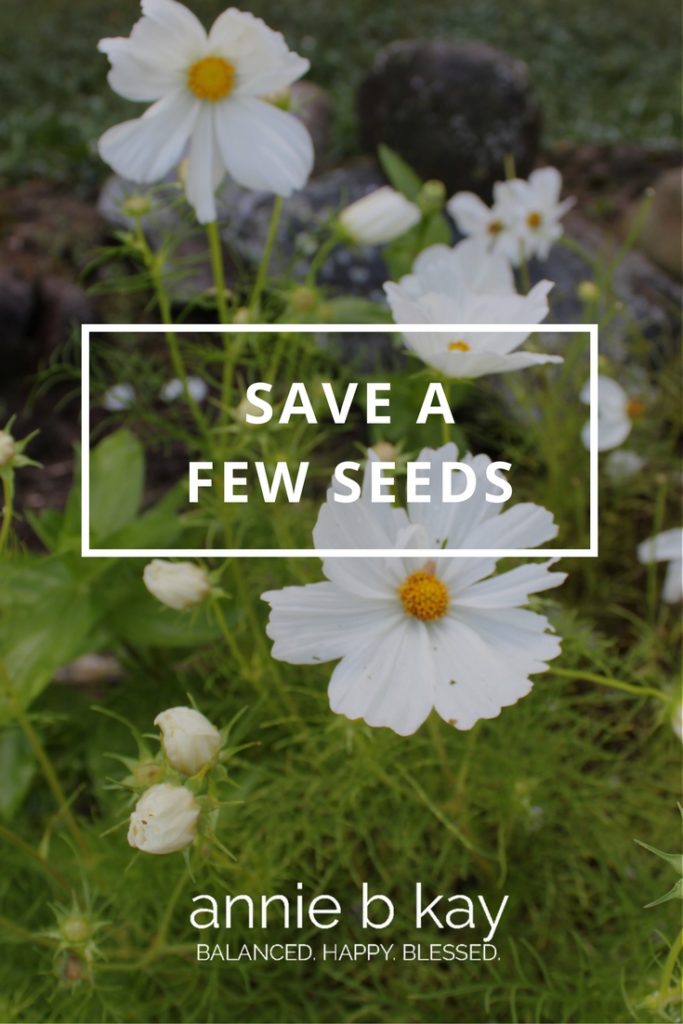
pinterest
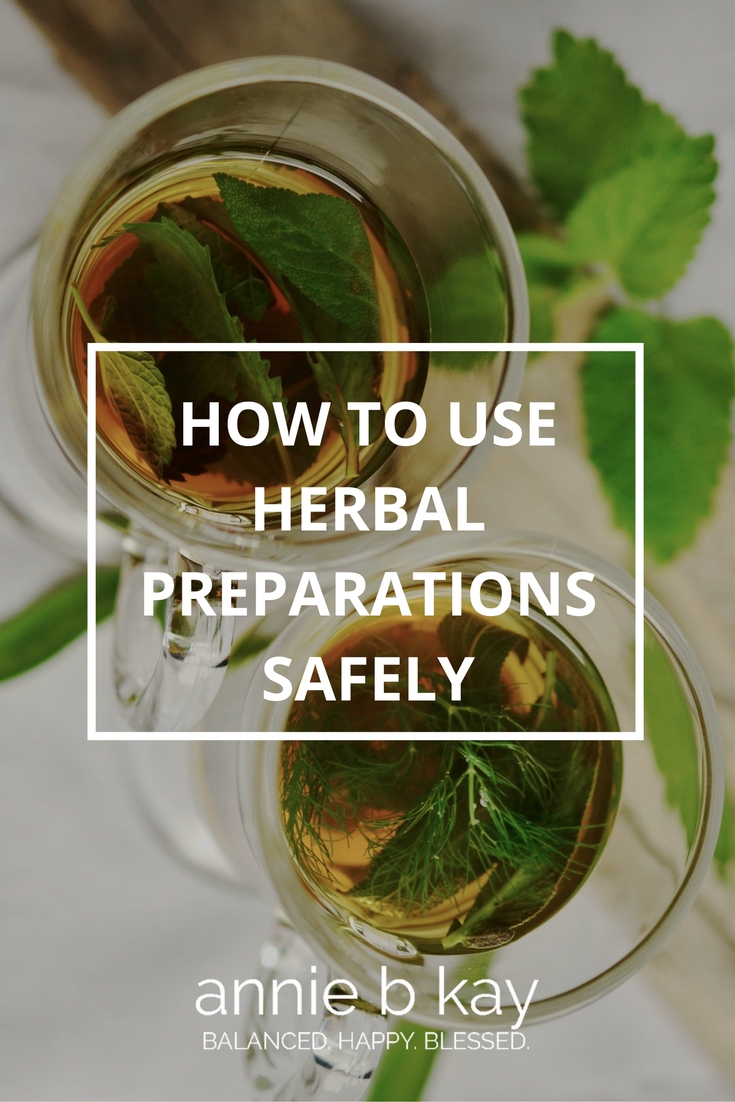
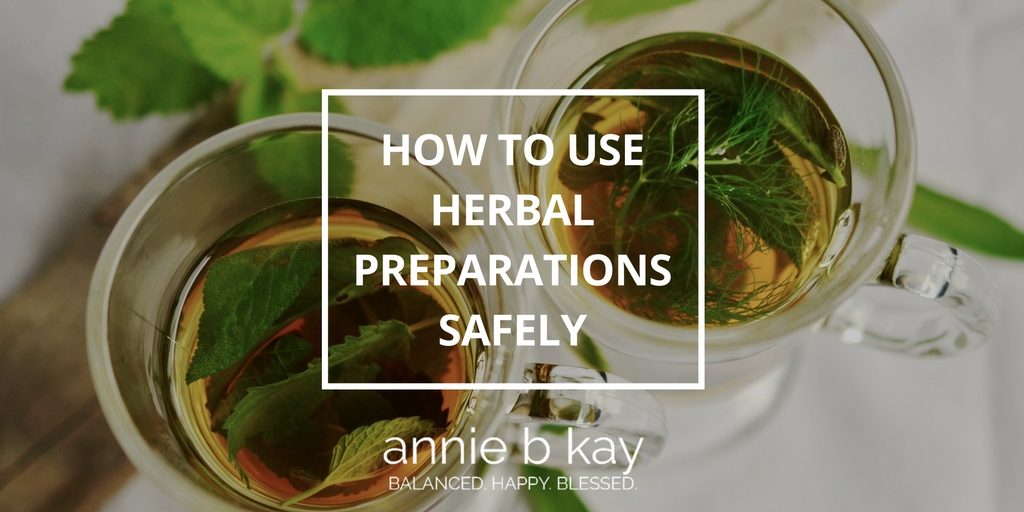
This month in the newsletter I wrote about putting summer’s bounty by for colder months, and I also wrote a brief piece on how to use herbal preparations safely. Herbs, herbal tinctures, flower essences and other botanicals can be wonderful allies for healing, but like any medicinal substance, different preparations are of varying quality and composition and can cause unexpected side effects. Here are a few thoughts, and suggestions for staying safe as you explore.
The Wise Herbalist: please be safe
After last month’s newsletter on making flower essences, I had a thoughtful exchange with a reader concerned about the toxicity of buttercup. Flower essences don’t contain any of the plant matter (they operate like homeopathy), so not to worry. But, since I have been writing more about the use of herbs and interest is certainly growing, I thought I’d give you a little overview of herbal preparations and how they operate so as to keep you nice & safe as you venture into this newly revived mode of healing.
You can think of herbal healing as ranging from gross physical (food, pharmaceuticals and infusions like teas operate on this level) to more subtle mind-body like tinctures, where plant matter is placed in alcohol for a number of weeks, and plant oils, where plant matter is placed into an oil for a number of weeks and the oil then carries some plant matter. Then there are those that operate on the subtle energetic level (homeopathic preparations and flower essences, for example).
For preparations that work on the physical level, it’s important that you stick with things that are edible and medicinal. So, in the case of buttercup, you don’t want to make an infusion tea with it nor eat it, because it is not edible – it contains compounds that can be toxic. Same with tinctures – stick with medicinal and culinary herbs for these. Flower essences don’t contain actual plant matter – they are energetic preparations – you can make an essence out of any plant and you won’t have a toxicity reaction to it unless you have a reaction to the carrier (often brandy, but you can also use vinegar).
Now, let’s talk about essential oils. These are wonderful but very condensed and strong extractions of the oils of plants. I have an essential oil diffuser in my office with a stress ease mixture and it works like a charm. Essential oils can damage your skin if you apply them directly and many people are sensitive. They can also react with your skin when exposed to the sun – I’ve had an instance of this and it wasn’t pretty!
I’ve been giving herb walks at Kripalu and interest in wild edibles and herbs is really growing. If you have an interest in wild edibles, take your time and stick to things like dandelion, plantain and garlic mustard that are common and safe, then slowly and safely expand your knowledge from there. Like anything, there are things to be aware of, but if you approach nature with respect and curiosity (and a few of the many good references), it will be a wonderful exploration.
Enjoy the season in fun and deliciousness,
Annie
Annie B. Kay MS, RDN, E-RYT500
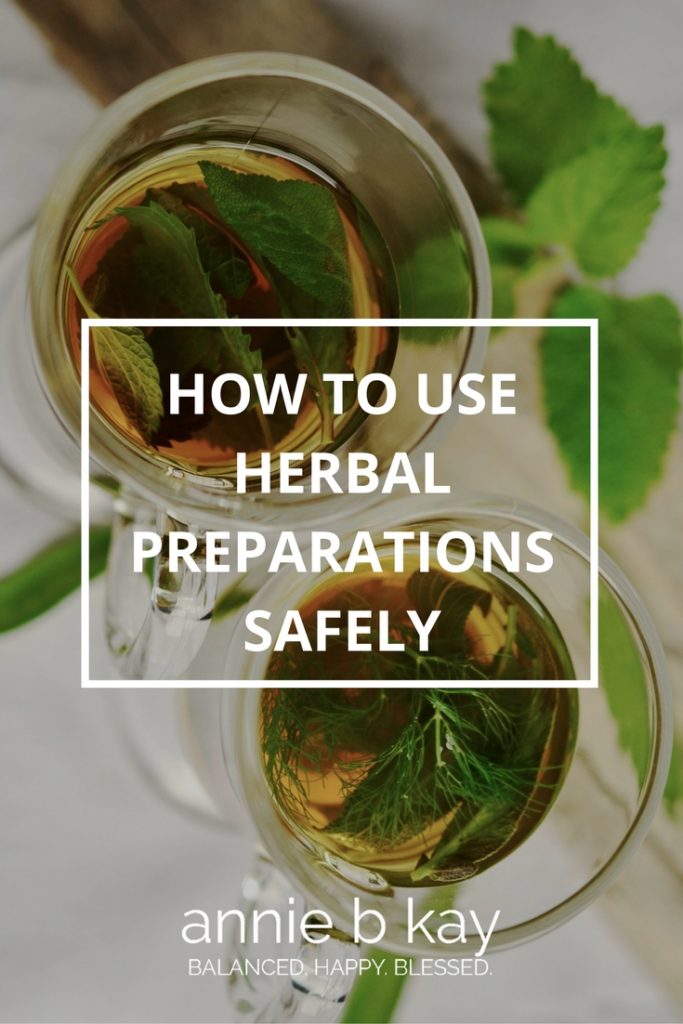
Pinterest
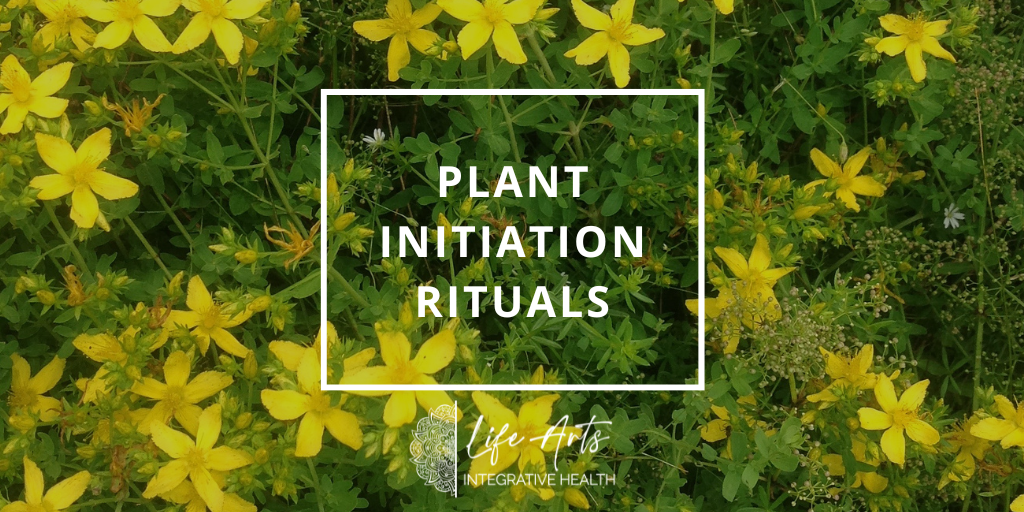
Updated May 17, 2023
Rituals add meaning to life. Over the past several years I have been participating in plant initiation rituals. They connect me more deeply and more coherently with nature than I have ever been.
As I write this, the wheel of the year approaches the summer solstice. This day is truly filled with light. I am preparing for a shamanic plant initiation that will unfold next weekend, a gathering of plant people led by my teacher and St. John’s Wort.
What is Plant Initiation?
Plant spirit healing is a shamanic plant medicine practice that works energetically with and through plants for health and healing. In that tradition, a plant initiation is a coming together in a ritual to honor, connect deeply with, hear and receive the healing gift of a plant. It tends to involve experiencing the plant in a variety of ways; through breath, dieting (ingesting) wonderful things prepared by the facilitator. It is done in a ceremony; with singing, fires, shamanic guided imagery journeys and the like.
My Experience With Plant Initiations
I have undergone several plant initiations so far and treasure this ritual experience in my life. Perhaps it’s my Catholic upbringing, filled with ritual. I was initiated by Tulsi (the green goddess!) and left with a spirit soul sister, someone to go mystery-shopping within the cosmos. From Tulsi I learned ageless beauty and that all of the Shakti goddesses are within me – I can learn to draw upon them when needed. I was initiated by Dandelion (the indestructible grandfather guide!) at Damanhur, the eco-spirit community in Italy, and learned steadfast resiliency and impenetrability of spirit. Now it is St. John’s, and I already have a close relationship with the bestower-of-light. I hope to burn off a bit of dross and am open to an enlightening experience!
Bless you and may you have your own nature encounter today. Tell us about it!
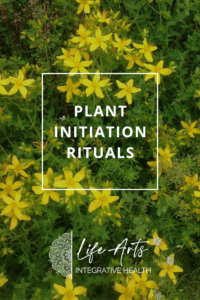
Pinterest
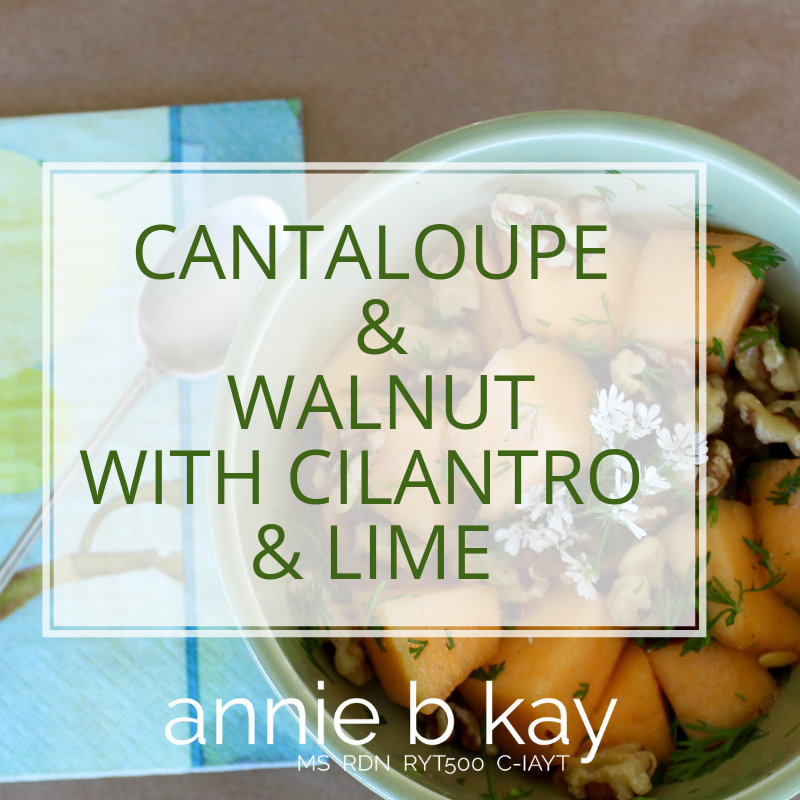
Here is a simple recipe for a healthy summer breakfast. A quick and balanced breakfast for one.
My excellently smart and organized VA Kate Tilton likes simple recipes. She’d prefer three ingredients, but Kate, this one’s for you and I hope you like it. Four ingredients, ten minutes (with plenty of cut-up cantaloupe to spare), a lovely balance of protein, healthful fat and fruit fiber, and the acid from the lime enhances the absorption of the antioxidants (like vitamin C) to boot.
When choosing a ripe cantaloupe (aka musk) melon at the grocery, find one that smells fresh and oh so slightly gives to the firm touch – you can smell and touch at the stem-end. If the stem area is mushy it may be over-ripe. The outside should be a rosy dusky tan, and a bit of green may mean best if you let it ripen on the counter a couple days before using (which is how I use musk and honeydew melons – let them rest for a bit). If the skin has indentations in it, you are fine until you see dark moldy spots which eventually reach into the meat, then you’ve let it hang around too long or chosen an older specimen than you intended. Fresh cantaloupe will keep in the fridge for 3 or 4 days once you slice it. Cantaloupe is a great source of vitamins A and C. More on recent studies and details of cantaloupe nutrition.
Cantaloupe Walnut and Cilantro with Lime Recipe
Ingredients
- 1 cup ripe cantaloupe, sliced and cut into pieces
- 1/2 cup raw walnuts
- 1/4 cup fresh cilantro
- Juice of 1/2 lime
Directions
Place the cut cantaloupe in a serving bowl, add the nuts and cilantro and give a toss with your clean hands or a spoon. Squeeze fresh lime juice over, toss and eat.
The flower topping this breakfast is actually a cilantro flower from my garden. Just the gifts of the garden available at the moment!
Enjoy the day, enjoy the season.
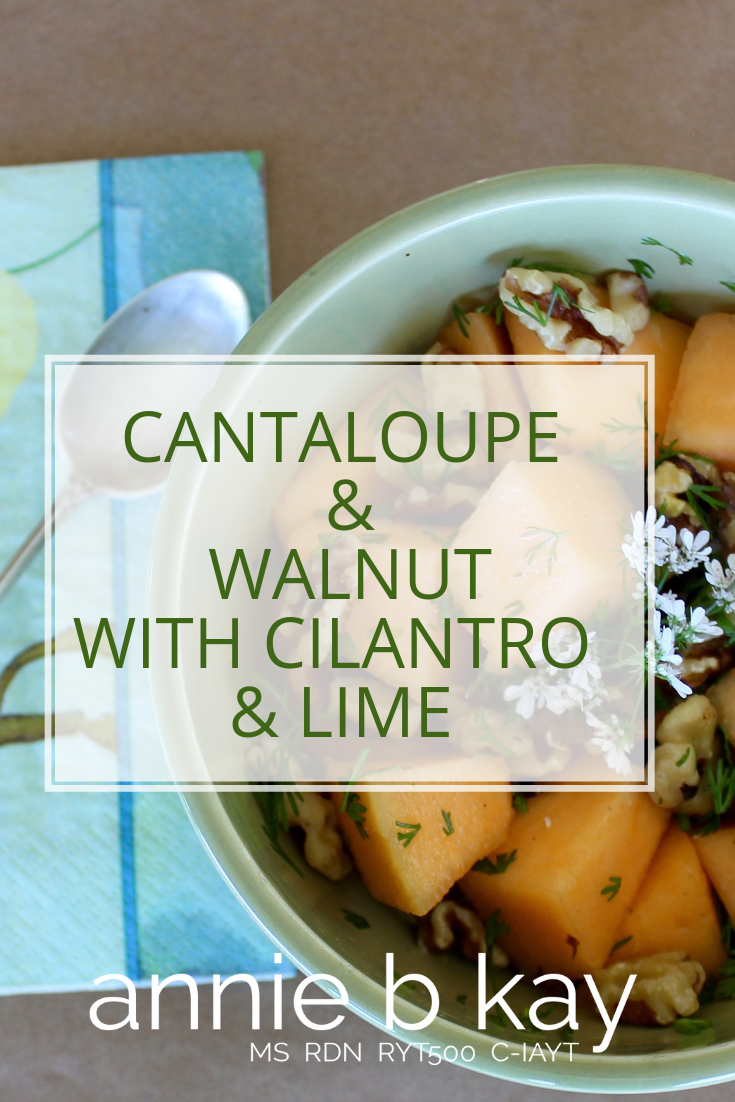
Pinterest


Are you a dietitian who teaches yoga and uses it in your professional nutrition practice? Well, Namaste dear ones – our numbers are growing!
FNCE 2016: Boston
I have been honored to share on this new (and several thousand years old) field of yoga in dietetics at FNCE twice thus far. My presentation colleagues are Dr. Sat Bir Khalsa from Harvard and Anu Kaur, an RDN/RYT dietitian with the NIH and in private practice. We are delighted that we’ll be presenting again in Boston in October. Our session (#203) is Sunday morning first thing – be there!
Please take 10-20 minutes to complete this survey exploring how nutrition professionals are using yoga in their practice: RDN/RYT FNCE Survey
Please complete the survey by August 1.
This year, as part of the presentation, I am hoping to collect some developmental data on just how many of us are out there, who we are and our range of training and practice experience. I’d also like to get a sense of what this group would like now for support to develop this field. I will be presenting the data from this survey, and will also feature as many of you as I can – your beautiful websites, active communities, training and books appreciated.
Thank you so very much for participating, and for your work in this area. Can’t wait to see how RDNs across the country are weaving their expertise with the wisdom tradition of yoga.
Annie

Pinterest















